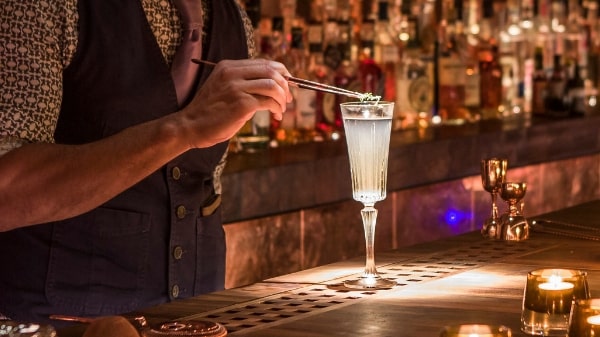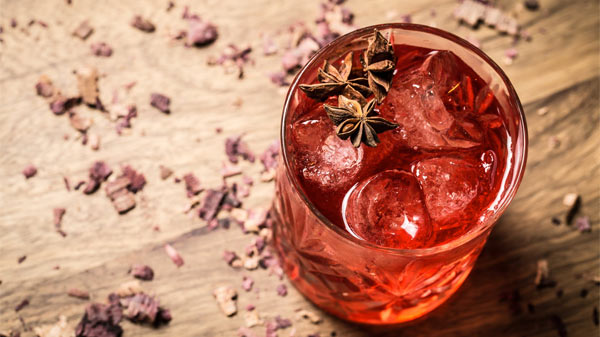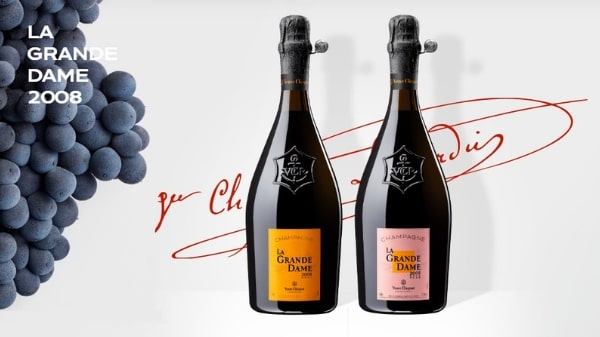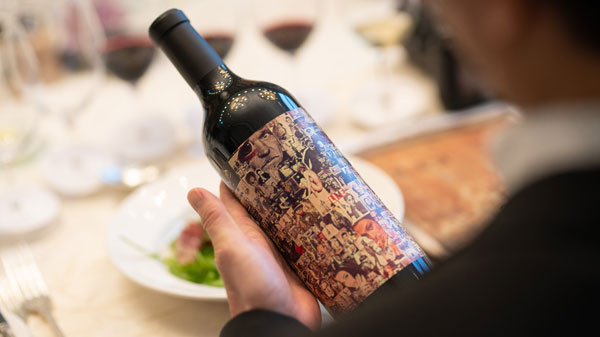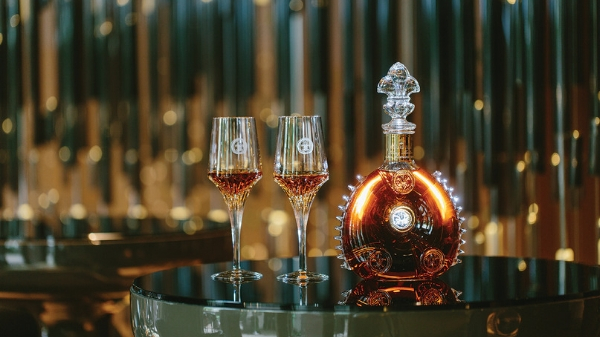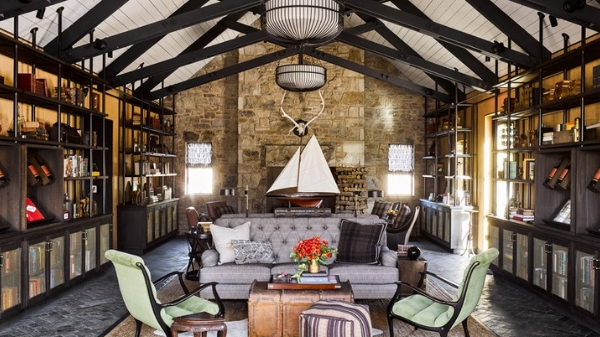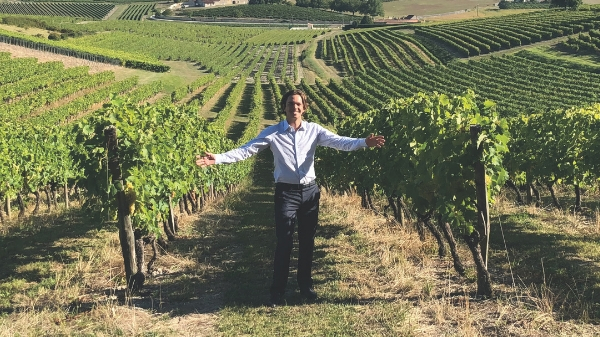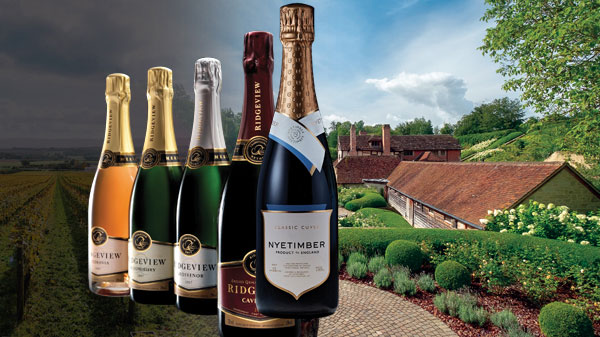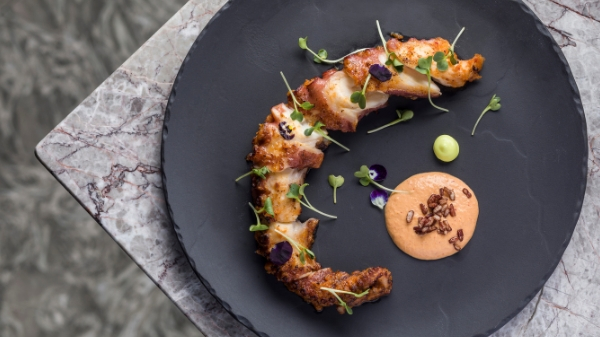Even before the first recorded use of the term ‘cocktail’ – as part of a satirical piece on the drinking habits of William Pitt, the then-British Prime Minister, in a 1798 edition of The Morning Post and Gazetteer, a London-based daily newspaper – intrepid long-distance seafarers were boldly imbibing alcoholic beverages mixed with fruit juices in order to ward off scurvy. Indeed, while cocktails first became popular in the US during the 1860s, their precursors – sundry punches and toddies – had long been commonplace in Britain and its many annexed territories.

Today, few alcoholic libations match the versatility of the cocktail, with thousands of options on offer, ranging from the more familiar to the more esoteric. Very much among the latter, for instance, is The Forgotten Tonic, a redoubtable blend of Kummel Wolfschidmt liqueur, Bols Genever, Bob’s cardamom bitters and tonic water.

Most cocktails, though, fall under one of two broad categories – fruit-forward cocktails and spirit-forward cocktails. The former favours fruitier, sweeter elements that mask the strong taste of alcohol and tends to consist of four primary elements – an alcohol, something sweet, something sour and a wild card. In the Strawberry Daiquiri, for instance, the primaries are rum, syrup, lime juice and strawberries.

Fans of full-bodied alcoholic aromas, meanwhile, tend to opt more for the kind of spirit-forward cocktails that first came to the forefront during the years of the US Prohibition Era (1920-33) as a means of making crude moonshine spirits a little more palatable. Here, the base alcohol is typically augmented with bitters, fortified wines or small doses of sweeteners, then stirred over ice and served promptly. The simplicity and unembellished nature of such powerful concoctions serve to forefront the chosen spirit, albeit with enough accompanying window dressing to mask any of its more unpleasant aftertastes. Its apotheosis is, arguably, the shaken-but- not-stirred Martini favoured by 007’s countless incarnations.

It is this very time of year, with summer in full swing, that the cocktail season tends to peak, with special takes on old favourites and wholly-new blends on offer from many of Hong Kong’s more high-end hostelries. If, however, you’re one of the growing number of inventive imbibers who are keen to master the arcane arts of conjuring up the perfect cocktail for themselves then, thankfully, many of the city’s most marvelled-at mixologists are only too happy to help.
Most notably, J Boroski, the Central-set speakeasy, offers cocktail-making masterclasses every second and fourth Tuesday of the month. Over the course of the workshop, attendees are taught how to concoct perfect spirit-forward and fruit-forward cocktails, while also being exposed to many of the more obscure elements of blended alcoholic beverage lore. On offer for groups of up to 15 people, it’s perfect for a low-key catch-up with friends, a work bonding event or a DIY date night with a prospective partner.
J Boroski. 13 Hollywood Rd, Central. (852) 2603 6020. hk@jboroski.com



